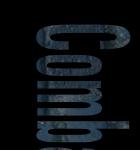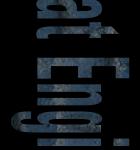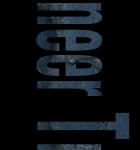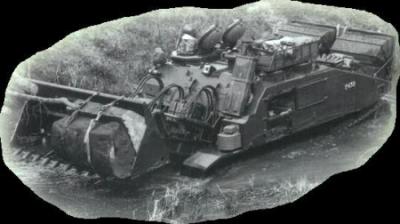| Specification
|
Photo Gallery
|
Photo Gallery
4 |
Model Gallery
|
| Specification
2 |
Photo Gallery
2 |
Photo Gallery
5 |
Model Gallery
2 |
| From
CMV 3/1 |
Photo Gallery
3 |
Photo Gallery
6 |
Reserved
|
    |
DIG
FOR VICTORY |
 FV180,
Combat Engineer Tractor (CET), is a most unusual machine. In a way you
could say it was the British equivalent of the Swiss Army Knife. It is
virtually unique as a type of armored vehicle amongst the armies of the
world. Only the American Universal Engineer Tractor, which provided some
of the inspiration, is in any way similar; but the CET was the first to
enter service,. It is also peculiar in that it was developed by a
Government agency after two commercial firms, GKN and Vickers, failed to
come up with acceptable designs. FV180,
Combat Engineer Tractor (CET), is a most unusual machine. In a way you
could say it was the British equivalent of the Swiss Army Knife. It is
virtually unique as a type of armored vehicle amongst the armies of the
world. Only the American Universal Engineer Tractor, which provided some
of the inspiration, is in any way similar; but the CET was the first to
enter service,. It is also peculiar in that it was developed by a
Government agency after two commercial firms, GKN and Vickers, failed to
come up with acceptable designs.Work on the project began in the early 'sixties at MEXE, the Military Engineering Experimental Establishment at Christchurch near Bournemouth. Christchurch was responsible for the design of the very first Royal Engineer Tank in 1918 and similar modifications, known as AVREs (armored vehicle, Royal Engineers ), have been a regular feature of the British Army since 1943 on a variety of chassis. These all had one thing in common, they were based on an existing tank and all except the latest version, the Chieftain AVRE, had a weapon of some sort mounted in a conventional turret. For all that, AVREs are, and always have been, adapted tanks with all the limitations that implies. Combat Engineer Tractor was designed for its role from the ground up and carries no fixed armament at all, if you discount the smoke grenade discharges and two sub-machine guns which are the crews' personal weapons. The two men crew occupies a double cockpit on the left side. Each man has a duplicate set of essential driving controls and their seats can be reversed by simply moving the back rest. In normal operating mode, the driver faces forwards and the bucket operator looks backwards. Their cupola, which is fitted with two circular hatch covers, has the usual range of day and night vision devices and there is an escape door in the side of the hull. They are also provided with heated suits for cold weather operations and a boiling vessel that can provide hot food and drink, including the endless cups of tea which fuel the entire British Army. The many functions that CET can under take are illustrated and explained in the Photo Gallery 2 and 3. The location of the crew has already been mentioned. Along side them, but separated by a heat and fire proof bulkhead, is the engine, which drives forwards through the transmission to the steering systems at the front. the end where the drive sprockets can be seen. In line with the sprockets are the road wheels, suspended by cranked axles and torsion bars. The final road wheel, which is spoked, also acts as the track adjuster and on the prototypes it had a steel rim, instead of rubber tyre; this was not found to be effective during user trials and a rubber tyre was later added. The development program began with the construction of two test rigs which were used to try out the main features before a series of seven prototypes was produced for troop trials. At present the only CET not in service is on display at the Royal Engineers' Museum at GIllingham in Kent. Don't miss the opportunity to take a closer look, it really is an ingenious machine. |
|